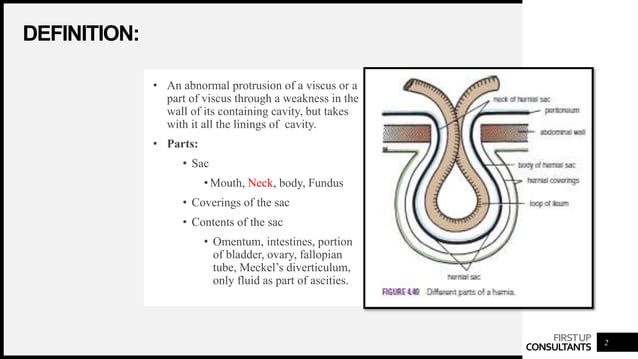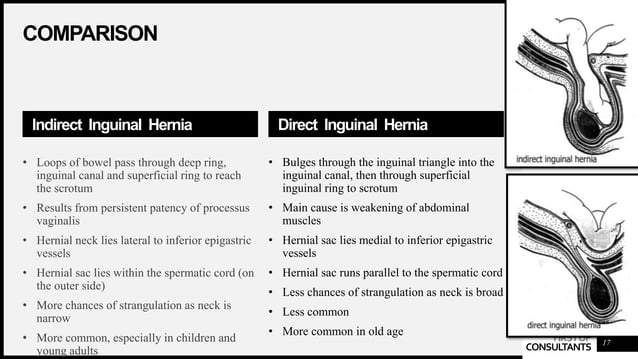Herniated Definition Medical Dictionary
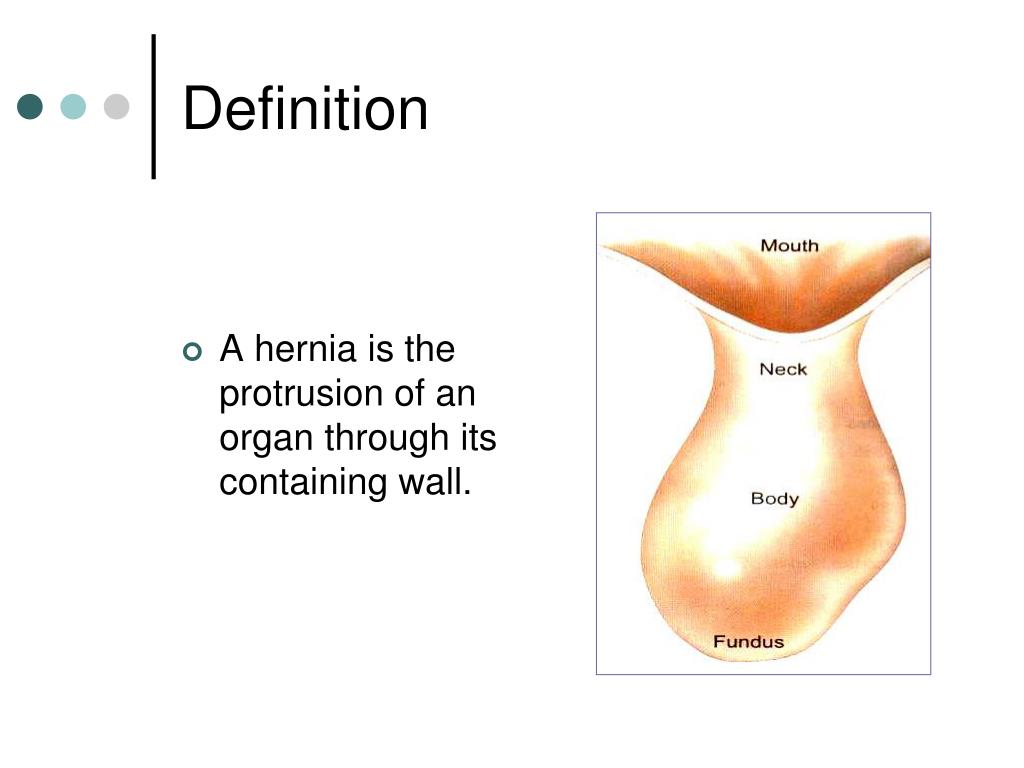
Back pain. It's a ubiquitous ailment, affecting millions worldwide. For many, the source of this discomfort can be traced back to a common, yet often misunderstood, condition: a herniated disc.
But what exactly is a herniated disc? This article delves into the medical definition, causes, symptoms, and treatment options for this widespread source of pain and disability.
Understanding the Definition
At its core, a herniated disc, sometimes called a slipped or ruptured disc, is a problem with one of the rubbery cushions (discs) between the vertebrae that stack up to make your spine. The Mayo Clinic defines it as occurring when the soft, jelly-like center of a spinal disc pushes through a crack in the tougher exterior casing.
This protrusion can then press on nearby nerves, leading to pain, numbness, or weakness in the arm or leg. It’s important to note that many people have herniated discs that cause no symptoms.
Anatomy of the Spine
The spine is a complex structure composed of vertebrae, discs, and nerves. Intervertebral discs act as shock absorbers, allowing for flexibility and movement.
Each disc has a tough outer layer, the annulus fibrosus, and a soft, gel-like inner core, the nucleus pulposus. When the annulus fibrosus weakens or tears, the nucleus pulposus can bulge out, resulting in a herniation.
Causes and Risk Factors
Herniated discs are often the result of gradual, age-related wear and tear, called disc degeneration. As we age, discs lose some of their water content, making them less flexible and more prone to tearing or rupture.
However, a sudden injury or trauma, such as a fall or a heavy lift with improper form, can also cause a herniated disc. Other risk factors include obesity, genetics, and occupations that involve repetitive lifting, bending, or twisting.
Symptoms and Diagnosis
The symptoms of a herniated disc vary depending on the location and severity of the herniation. Many people experience lower back pain, often radiating down the leg (sciatica) if the herniation is in the lumbar spine.
Other symptoms can include numbness or tingling in the leg or foot, muscle weakness, and difficulty with bowel or bladder control (a rare but serious symptom requiring immediate medical attention). Diagnosis typically involves a physical exam, neurological exam, and imaging tests such as MRI or CT scans.
Treatment Options
The good news is that most herniated discs can be treated without surgery. Conservative treatments, such as rest, pain medication (over-the-counter or prescription), physical therapy, and anti-inflammatory medications, are often effective in relieving pain and improving function.
Physical therapy can help strengthen the muscles around the spine, improve posture, and reduce pain. In some cases, epidural steroid injections may be used to reduce inflammation and pain.
Surgery, such as a discectomy (removal of the herniated portion of the disc), is typically reserved for cases where conservative treatments have failed to provide relief or when there is significant nerve compression causing severe symptoms.
Impact and Significance
Herniated discs are a significant public health concern due to their prevalence and impact on quality of life. According to the National Institutes of Health (NIH), back pain is a leading cause of disability worldwide.
Understanding the definition, causes, and treatment options for herniated discs can empower individuals to take proactive steps to prevent and manage this condition. Early diagnosis and treatment can help prevent chronic pain and disability.
Dr. Emily Carter, a leading orthopedic surgeon, emphasizes the importance of seeking medical attention for persistent back pain. "Don't ignore persistent pain. Early intervention can make a significant difference in outcomes," she states.
Maintaining a healthy weight, practicing proper lifting techniques, and engaging in regular exercise can all help reduce the risk of developing a herniated disc. Seeking professional guidance from a physical therapist or chiropractor can also provide valuable insights into posture and body mechanics.
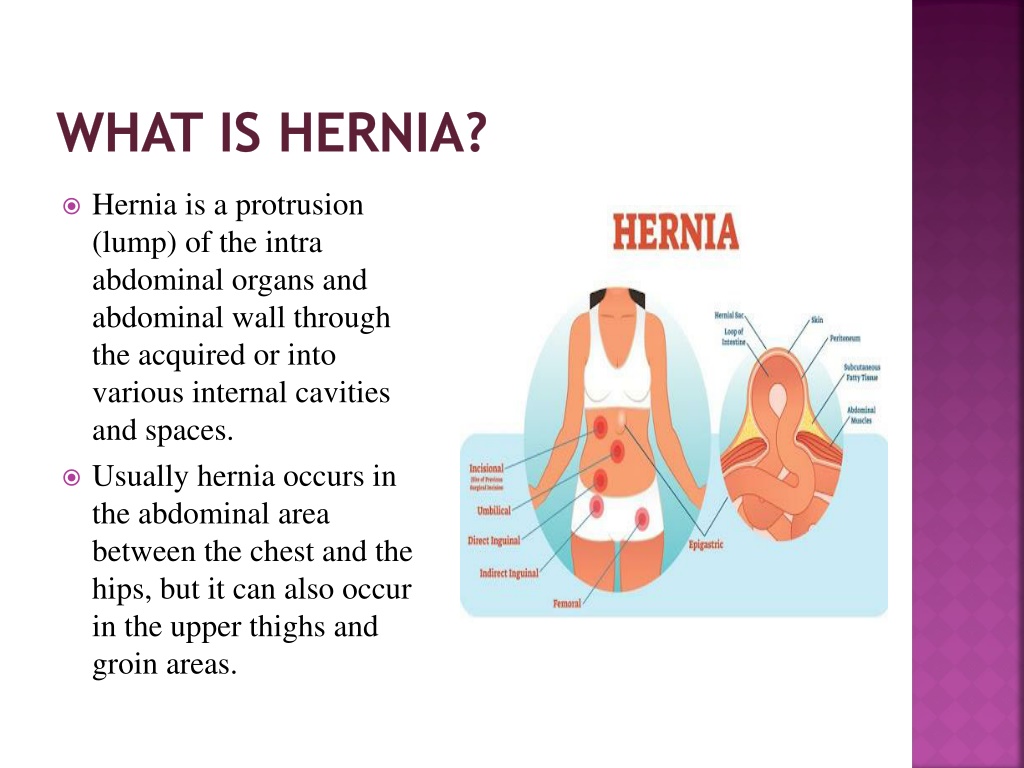
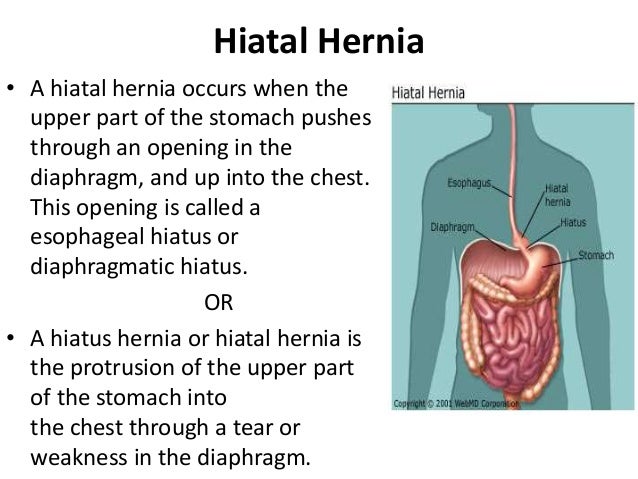

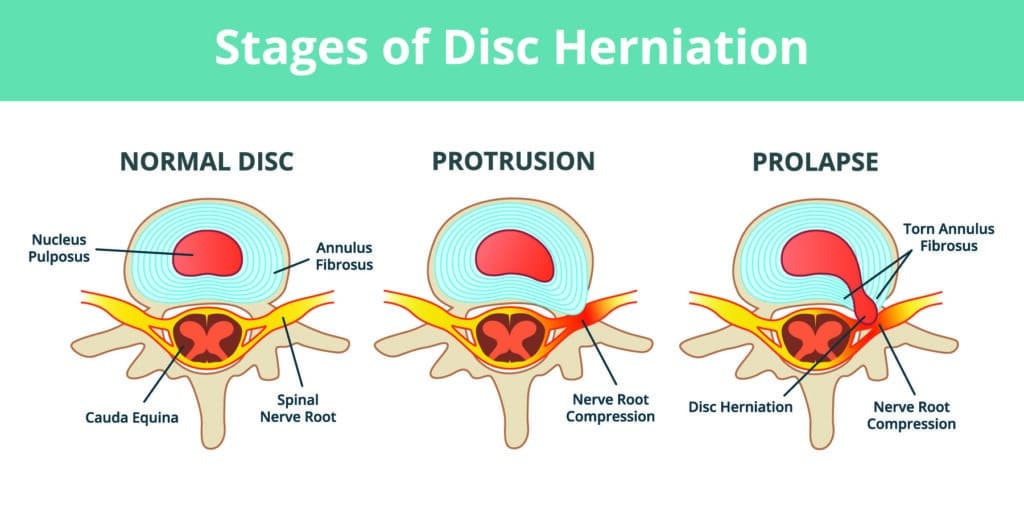
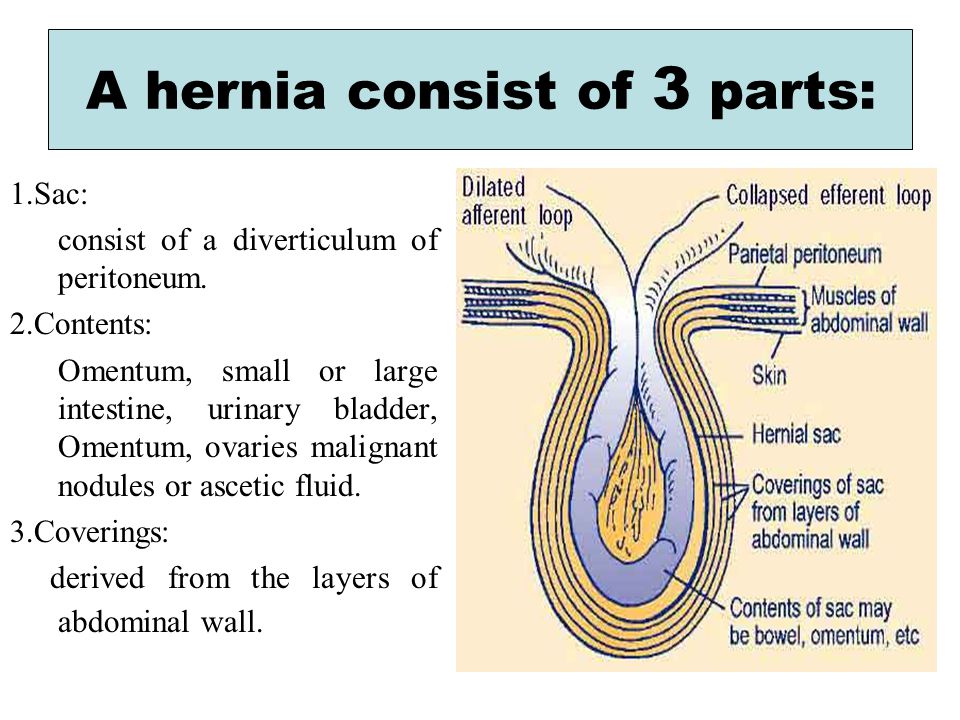

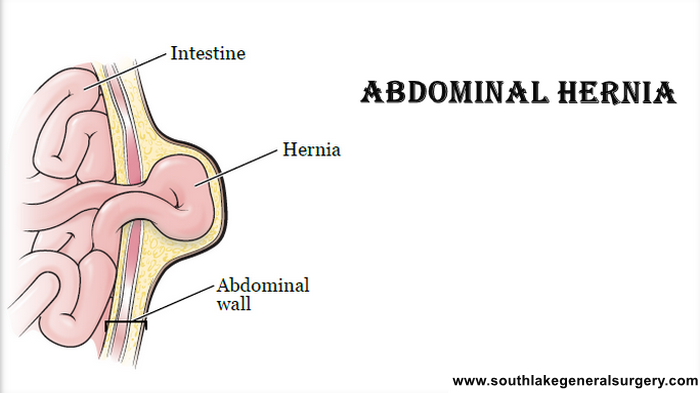
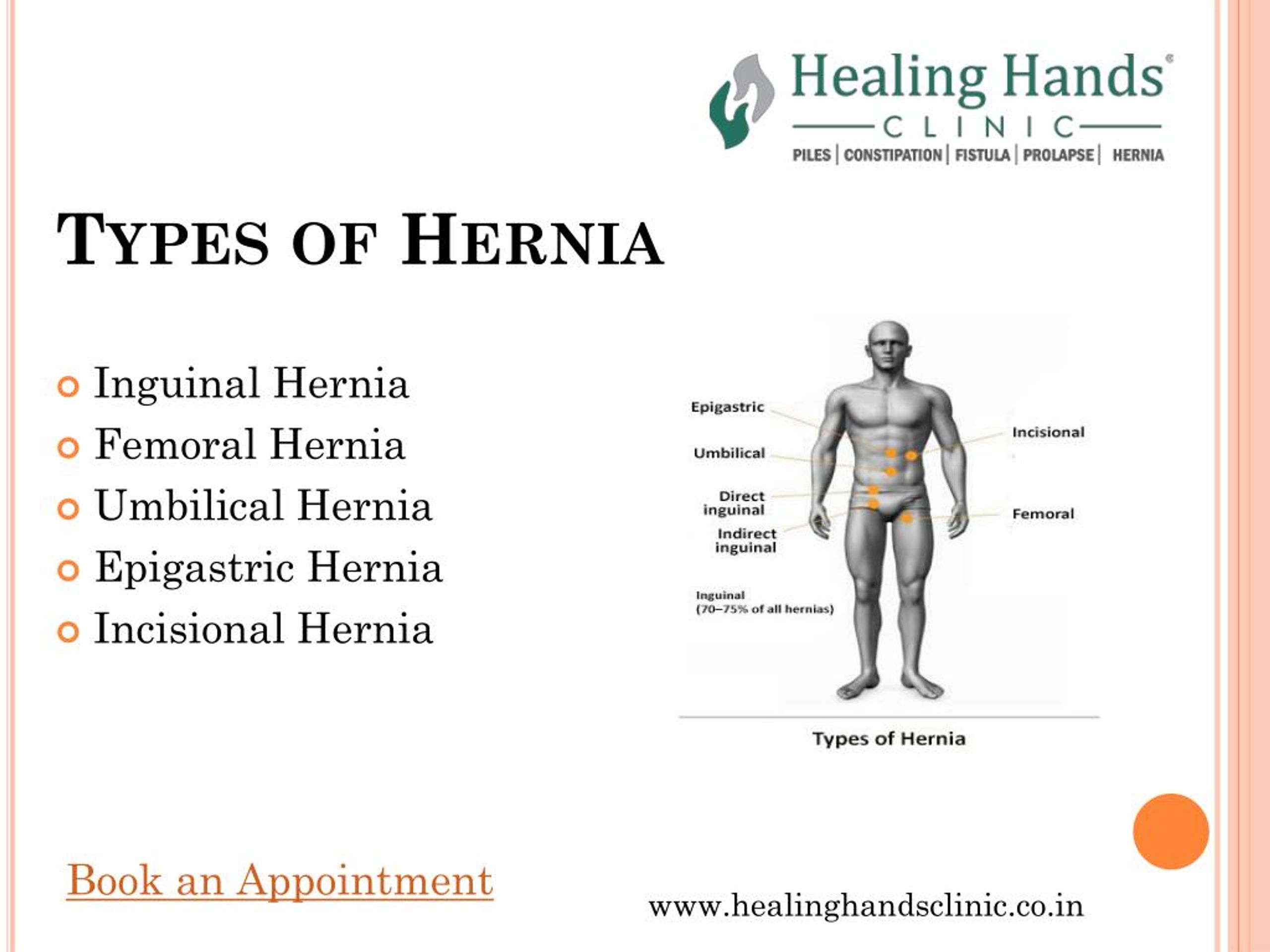

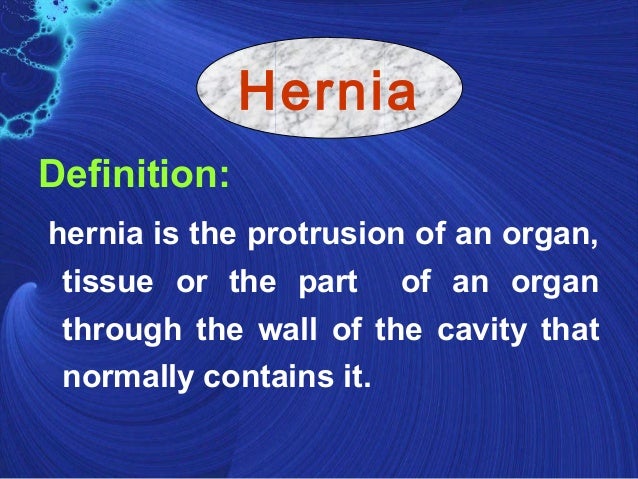

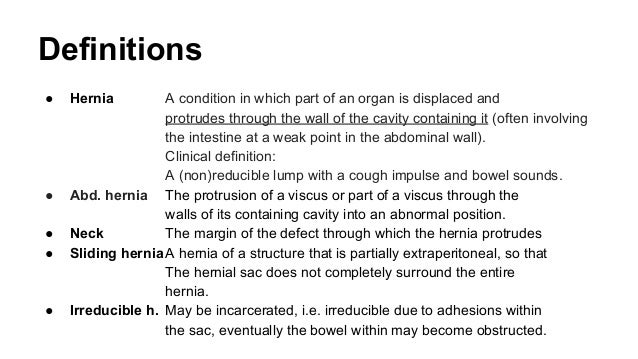
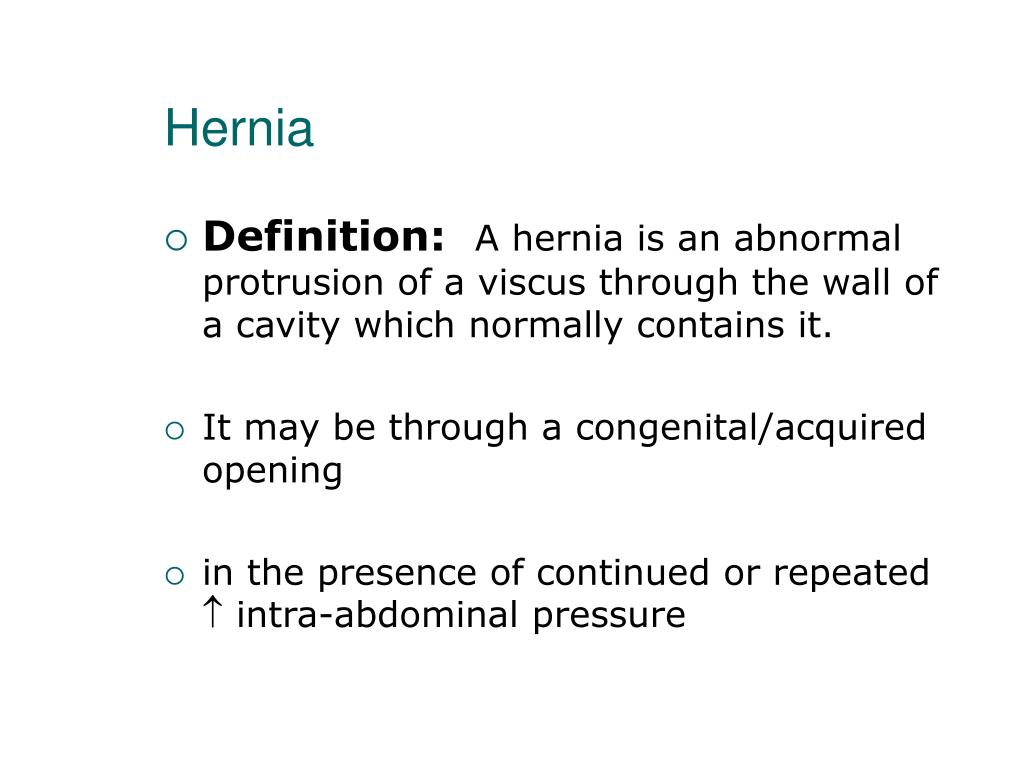
:max_bytes(150000):strip_icc()/VWH-Understanding-Ventral-Hernia-FINAL-1-2-37a9cfa530414a818ba781d86d8c35eb.png)
